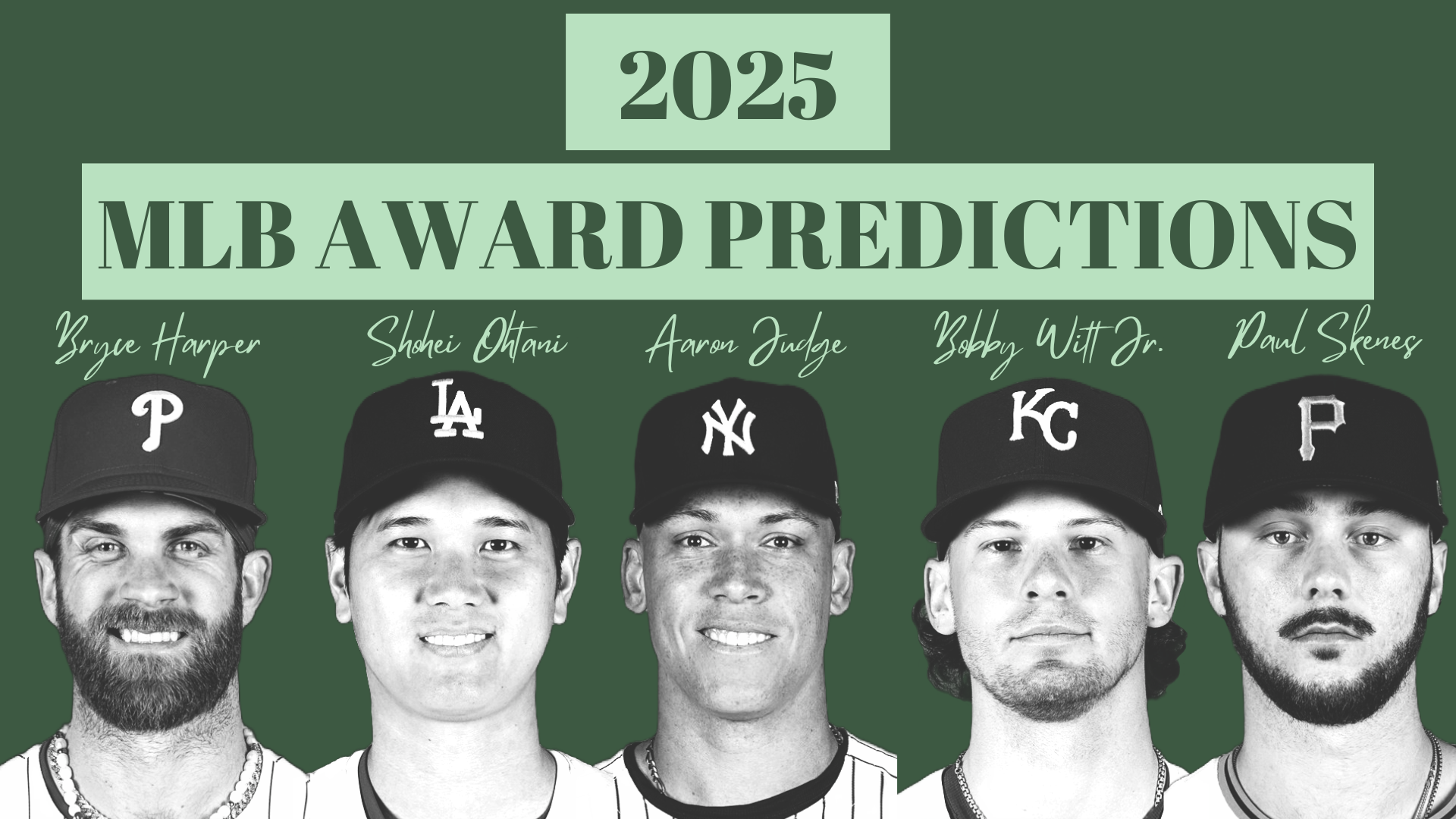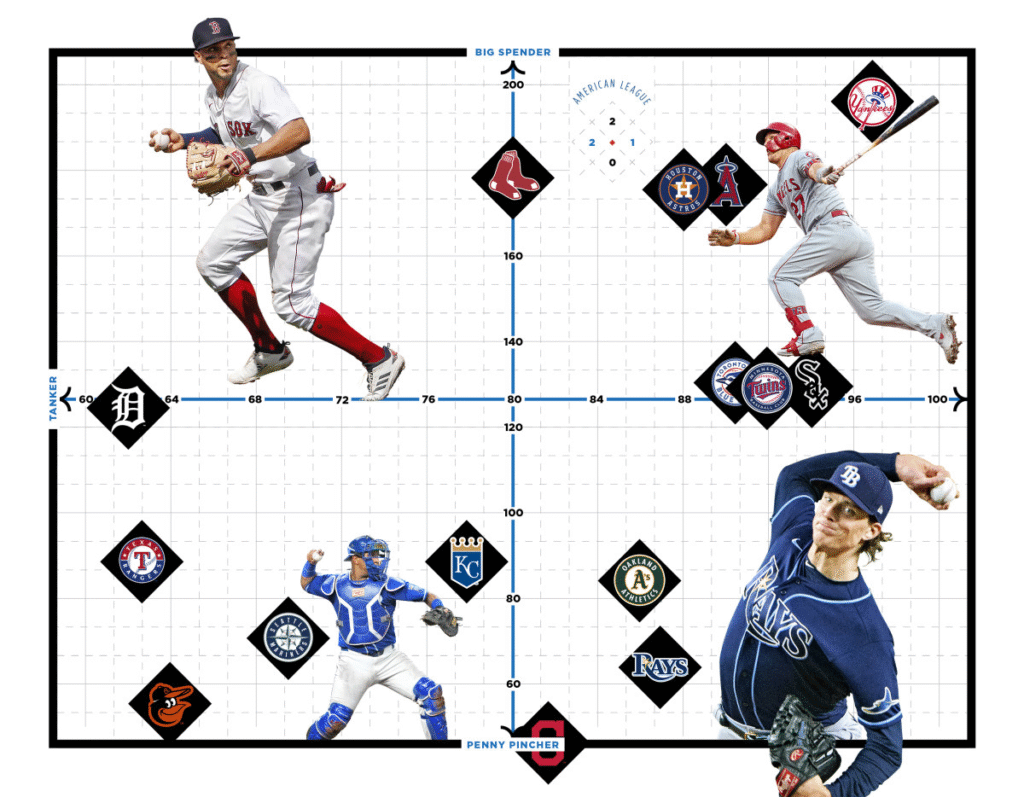
Major League Baseball (MLB) predictions are like constructing a skyscraper — both require a solid foundation, precise planning, and MLB Prediction adapting to ever-changing conditions. Just as contractors in the U.S. construction industry rely on detailed data about materials, labor, and weather to ensure a building stands tall, sports analysts use player statistics, team dynamics, and external factors to forecast the outcome of MLB games.

Laying the Foundation: Understanding Key Data
In construction, the foundation must be solid to support the entire structure. Similarly, MLB predictions start with a foundation of data. This includes player performance metrics like batting averages, ERA (earned run average) for pitchers, fielding stats, and even psychological factors such as a player’s confidence or injury history.
Contractors in the U.S. also study environmental data — like soil stability and weather forecasts — before building. Likewise, MLB analysts consider external factors such as home-field advantage, weather conditions on game day, and even the influence of travel schedules on player fatigue.
Blueprints and Game Plans
Before any building project begins, contractors follow blueprints, carefully planned to maximize efficiency and safety. MLB teams craft game plans based on scouting reports and historical data. Predicting outcomes involves analyzing these strategies, understanding how teams adapt mid-game, and recognizing the “construction timeline” — the phases of a baseball season, from opening day to playoffs.

In MLB, some teams start slow but build momentum, much like a contractor who faces initial setbacks but finishes strong. Predictions need to account for these trends, just as contractors must plan for possible delays or supply shortages.
Materials and Player Matchups
Construction projects depend on the right materials — concrete strength, steel quality, or timber durability. In baseball, player matchups act as these materials. For instance, a pitcher’s pitching style may be highly effective against left-handed batters but less so against right-handed hitters. Analysts evaluate these matchups meticulously, akin to contractors choosing the best material for a specific structural component.
In the U.S., contractor reports often include supplier reliability and material costs. Similarly, MLB predictions consider player availability and fatigue, which impact the “material quality” of the team on any given day.
Weathering the Storm: Adaptability in Predictions
U.S. contractors face unpredictable weather that can delay projects, causing cost overruns. Similarly, MLB games are influenced by weather — rain delays, wind, or extreme temperatures. These variables add uncertainty, and successful MLB predictions must adapt to these changing “construction site” conditions.
Furthermore, injuries or unexpected player trades during the season resemble a contractor having to rework the project plan due to supply chain disruptions or workforce changes.
Final Inspection: Evaluating Prediction Accuracy
Contractors conduct inspections to ensure buildings meet safety standards and design expectations. MLB prediction models undergo evaluation post-game to assess accuracy. Analysts refine their models based on results, just as contractors learn from each project to improve future builds.
In conclusion, MLB prediction is more than just guessing the winning team — it’s an intricate process that mirrors the complexities faced by U.S. construction contractors. Both require data-driven decision-making, flexibility, and strategic planning to build success, whether in sports or structures.
